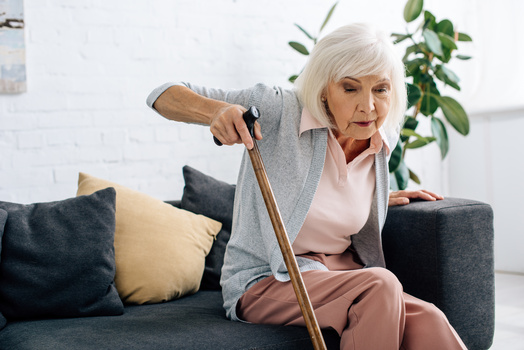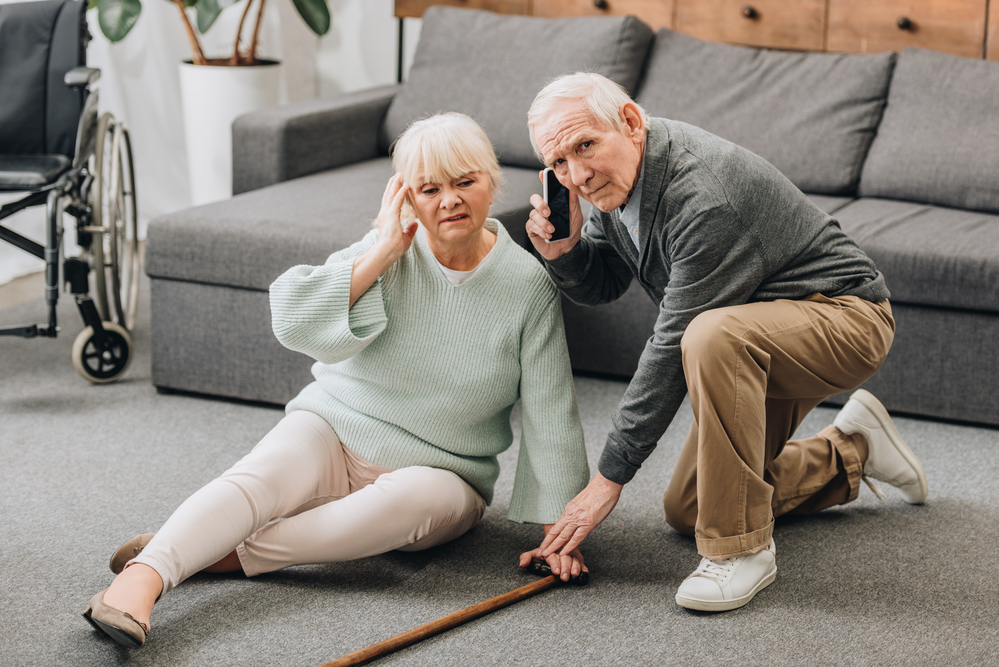As our loved ones age, ensuring their safety becomes a priority. One critical area to focus on is avoiding electrical hazards. Older adults are at a higher risk of accidents due to various factors such as reduced mobility, impaired vision, and cognitive decline. This article aims to guide family caregivers in creating a safer home environment for the elderly by addressing potential electrical hazards.

Understanding Electrical Hazards
Electrical hazards can lead to severe injuries or even fatalities. Understanding these risks is the first step in prevention. Common electrical hazards include faulty wiring, overloaded circuits, and improper use of electrical devices.
Common Electrical Hazards in Homes
Homes, especially older ones, may have outdated electrical systems that pose risks. Faulty wiring, ungrounded outlets, and lack of ground fault circuit interrupters (GFCIs) can all contribute to potential hazards.
Recognizing the Signs of Electrical Problems
Recognizing the signs of electrical issues can prevent accidents. Flickering lights, frequent circuit breaker trips, and warm outlets are red flags indicating potential problems.
Importance of Regular Electrical Inspections
Regular inspections by a qualified electrician can identify and rectify potential hazards before they cause harm. Ensuring that your home’s electrical system is up to date and functioning correctly is crucial for safety.
Hiring a Professional Electrician
When hiring an electrician, ensure they are licensed and experienced in handling residential electrical systems. A professional electrician can provide valuable advice on upgrading your electrical system to meet current safety standards.
Regular Maintenance and Upgrades
Regular maintenance and necessary upgrades, such as installing GFCIs and updating wiring, can significantly reduce the risk of electrical hazards in your home.
Creating a Safe Environment for Elderly
Ensuring a safe environment involves more than just addressing electrical issues. It’s about creating a comprehensive safety plan tailored to the elderly person’s specific needs.
Safe Use of Electrical Appliances
Encourage the safe use of electrical appliances by ensuring they are in good condition and used according to the manufacturer’s instructions. Avoid overloading sockets and unplug appliances when not in use.
Proper Placement of Electrical Cords
Keep electrical cords organized and away from walkways to prevent tripping. Use cord covers to secure cords along walls and floors.
Installing Safety Devices
Installing safety devices such as smoke detectors, carbon monoxide detectors, and surge protectors can provide an additional layer of protection.
Educating the Elderly and Caregivers
Education is key in preventing accidents. Both the elderly and their caregivers should be aware of potential risks and how to mitigate them.
Providing Training and Resources
Provide training and resources to educate both the elderly and caregivers on electrical safety. Consider attending workshops or consulting with professionals for guidance.
Encouraging Open Communication
Encourage open communication between the elderly and their caregivers. Discuss any concerns or observations regarding electrical safety and address them promptly.
Utilizing Technology for Safety
Technology can play a significant role in enhancing safety. From smart home devices to emergency alert systems, there are numerous options to consider.
Smart Home Devices
Smart home devices such as automated lighting and smart plugs can offer convenience and safety. These devices can be controlled remotely, ensuring the home environment is safe even when the caregiver is not present.
Emergency Alert Systems
Emergency alert systems can provide peace of mind by offering immediate assistance in case of an accident. These systems can be tailored to the specific needs of the elderly individual.
Conclusion
Ensuring the safety of our elderly loved ones involves a proactive approach to avoiding electrical hazards. By understanding potential risks, conducting regular inspections, educating both the elderly and caregivers, and utilizing technology, we can create a safe and secure home environment. For more tips on creating a safer home, you can visit front door safety and cooking tips for seniors.

FAQ
What are the most common electrical hazards for the elderly?
The most common electrical hazards for the elderly include faulty wiring, overloaded circuits, and improper use of electrical devices.
How often should I have my home’s electrical system inspected?
It’s recommended to have your home’s electrical system inspected every 3-5 years by a qualified electrician.
Are there any government resources available for elderly safety?
Yes, there are several government resources available that offer guidance and support for elderly safety. The National Council on Aging provides resources on creating a safer home environment.
This article contains affiliate links. We may earn a commission at no extra cost to you.






